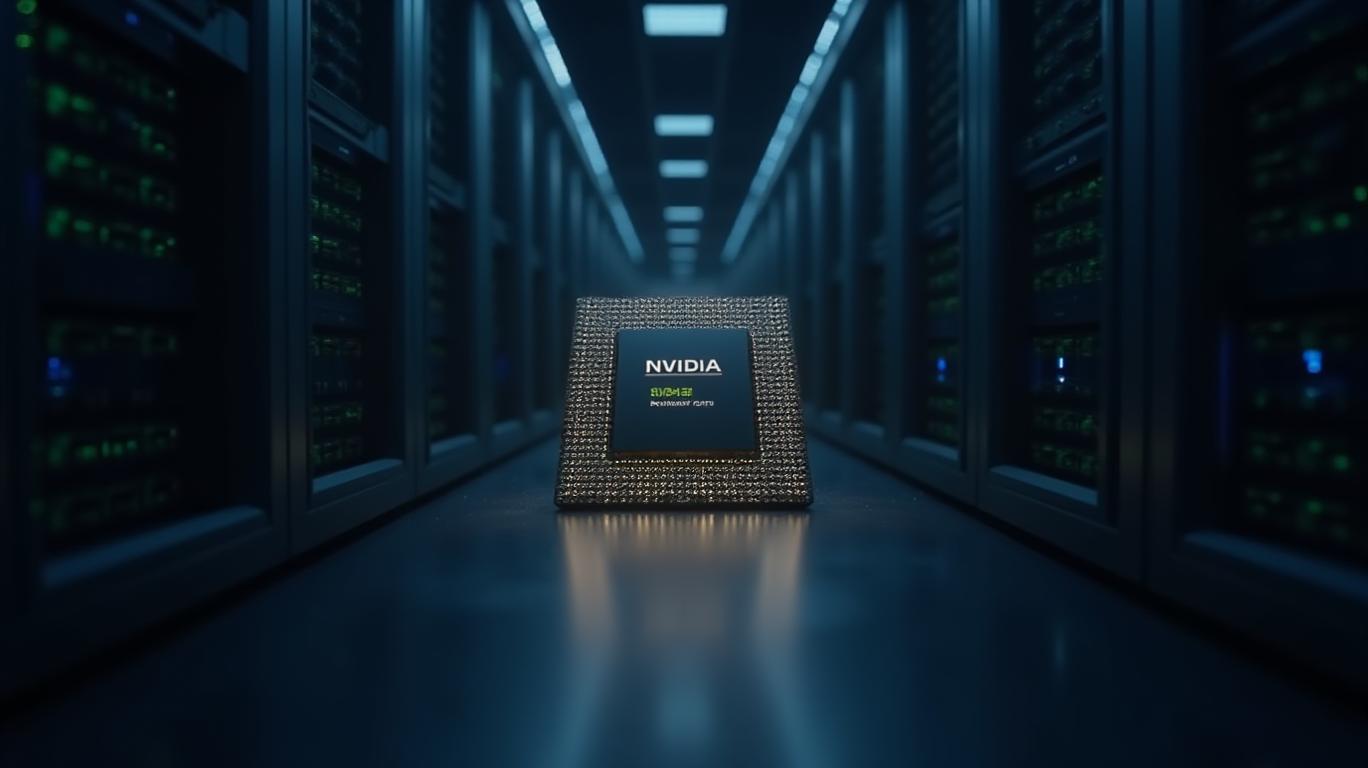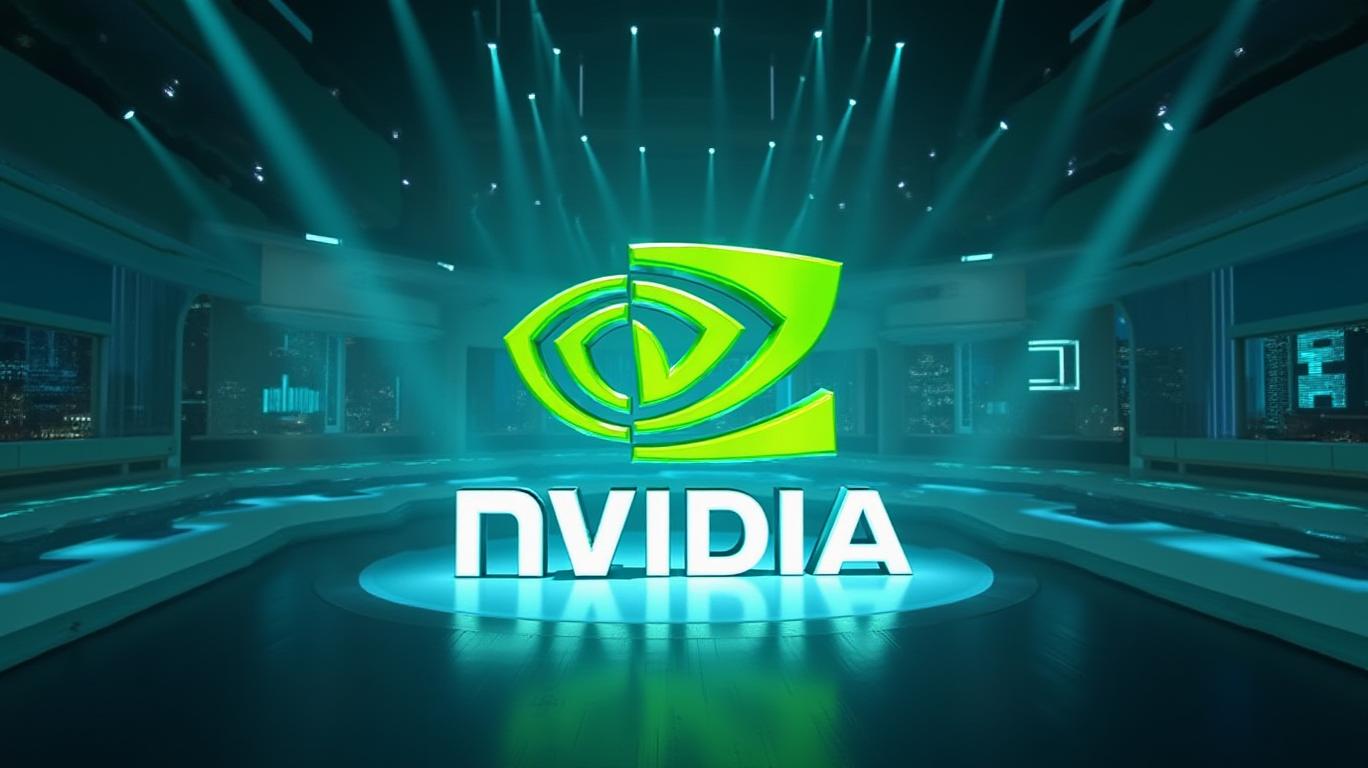NVIDIA's Q1 2026 Earnings: AI Dominance Defies Macro Headwinds – A Must-Hold Tech Titan
In an era of rising interest rates and economic uncertainty, few companies have demonstrated the resilience of
. The semiconductor giant's Q1 2026 earnings, set for release on May 28, 2025, underscore a stark truth: AI is no longer a speculative trend but a foundational pillar of modern computing. While macroeconomic headwinds loom, NVIDIA's strategic bets on AI infrastructure and its unmatched execution are turning the company into an indispensable force. For investors, the calculus is clear: this is a buy-and-hold opportunity in a sector where volatility demands conviction.Resilient AI Revenue Growth: A Shield Against Near-Term Volatility
NVIDIA's Q1 2026 results are a masterclass in leveraging AI to offset macro risks. Data center revenue surged to $22.6 billion, a 23% sequential jump and 427% year-over-year growth, driven by the rapid adoption of its Blackwell AI platform and generative AI solutions. Even as global GDP growth slows and tech spending faces scrutiny, NVIDIA's AI infrastructure—powering everything from cloud giants to self-driving cars—is proving recession-resistant.

The company's Blackwell platform, which enables trillion-parameter AI models, is now fueling partnerships with AWS, Microsoft, and Google Cloud. These collaborations are not just revenue streams but moats against competitors. Meanwhile, the automotive segment—bolstered by Toyota and BYD's adoption of NVIDIA's DRIVE Orin—grew 103% year-over-year, proving the AI playbook works across industries.
This chart will show NVIDIA's AI-driven outperformance even as broader tech stocks falter, highlighting its unique positioning.
Strategic Moves in AI Infrastructure: Positioning for Long-Term Dominance
NVIDIA's vision extends far beyond quarterly results. The launch of Blackwell-powered DGX SuperPOD systems and the Spectrum-X Ethernet switches reinforces its control over the full AI stack—from chips to software. These moves are not incremental; they're about owning the AI ecosystem.

Consider the Stargate Project, which merges AI with physical-world applications like robotics and climate modeling. This isn't just R&D—it's about future-proofing revenue streams. By 2030, the global AI market is projected to hit $15 trillion, and NVIDIA is already capturing a disproportionate share.
Navigating Rising Rates and Economic Uncertainty
Critics argue that rising interest rates and corporate cost-cutting could pressure NVIDIA's margins. Fair enough—the company acknowledges gross margin pressures, projecting Q2 FY26 margins at 74.8% (down from Q1's 75.5%). But here's the rub: revenue growth is outpacing cost inflation. The $28.0 billion Q2 revenue guidance (+8% sequentially) reflects sustained demand, not one-off wins.
This comparison underscores NVIDIA's ability to generate returns even as bond yields rise, offering investors both growth and income.
Moreover, the 10-for-1 stock split and dividend hike (to $0.01 post-split) signal confidence. A more accessible share price could attract broader retail investor interest, while the dividend—now yielding 0.6%—bolsters its appeal in a low-risk environment.
The Case for Immediate Investment: Balancing Risk and Reward
The market's focus on near-term macro risks is myopic. NVIDIA's strategic moats—its AI IP, ecosystem partnerships, and manufacturing dominance—create a multi-decade growth runway. Even if 2025 GDP growth slows to 1.5%, AI adoption is binary: enterprises either invest in it or risk obsolescence.
This graph will show AI's占比 rising from 30% to over 80% of revenue by 2026E, illustrating the structural shift underway.
The catalysts are clear:
1. Q1 earnings (May 28) will likely beat consensus EPS of $0.73, with Blackwell adoption metrics taking center stage.
2. Q2 guidance may surprise on gross margins if supply chain efficiencies materialize.
3. Stock split execution could unlock liquidity, driving a rerating.
Final Analysis: A Tech Titan Built for Turbulence
NVIDIA is no longer just a GPU vendor—it's the OS of the AI era. While macro risks are real, they're being offset by a secular growth tailwind. With a forward P/E of 28x (vs. 35x in 2022), the stock is attractively priced for a company with 25%+ annual revenue growth visibility.
Investors who dismiss NVIDIA as a “tech darling” miss the math: its AI-driven revenue is too vast, its ecosystem too entrenched, and its innovation pipeline too rich to ignore. The earnings report on May 28 will be a milestone, but the real story is the decade-long AI revolution NVIDIA is leading. This is a stock to buy now—before the market fully grasps the scale of its dominance.

Act now. The AI train isn't waiting.

Comments
No comments yet